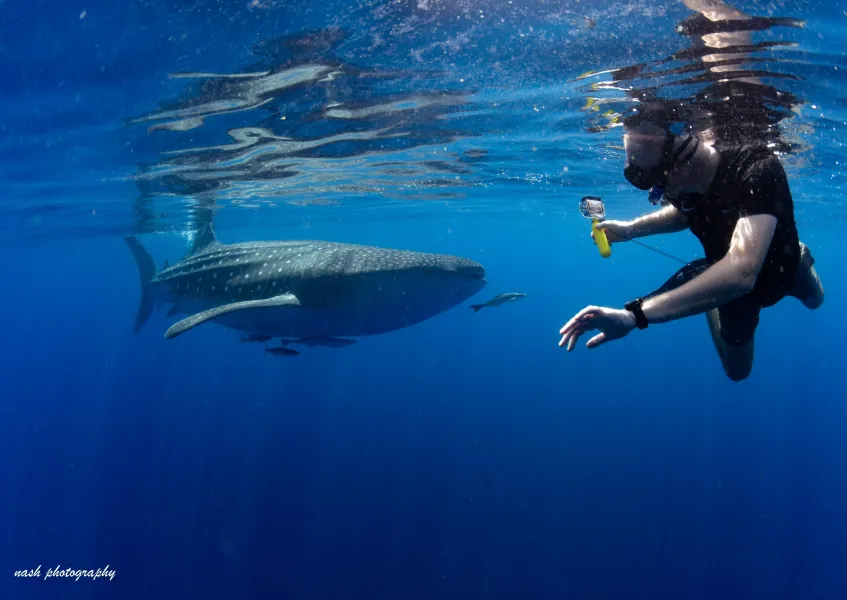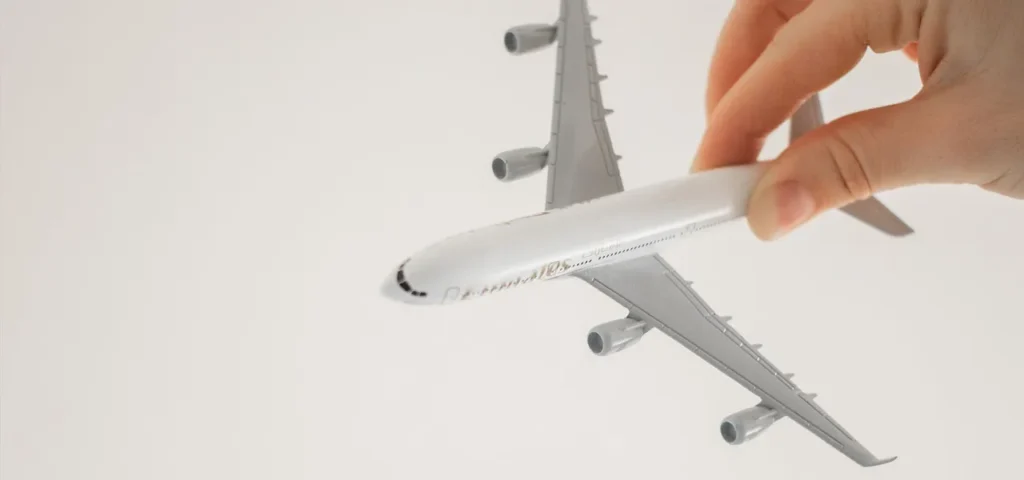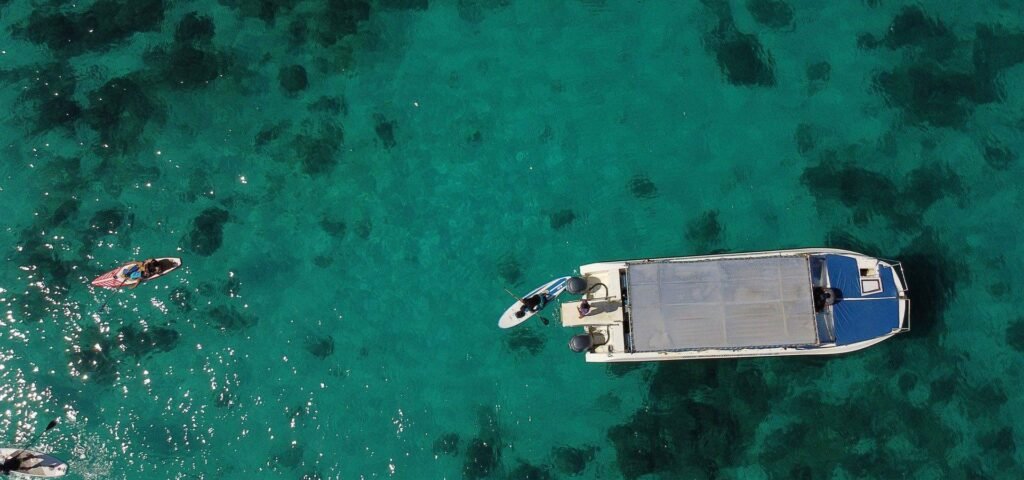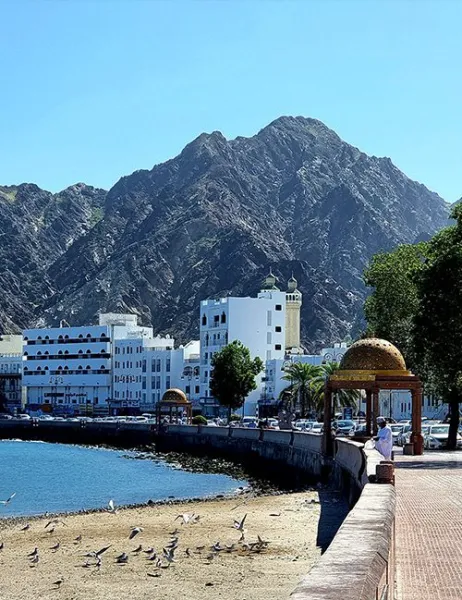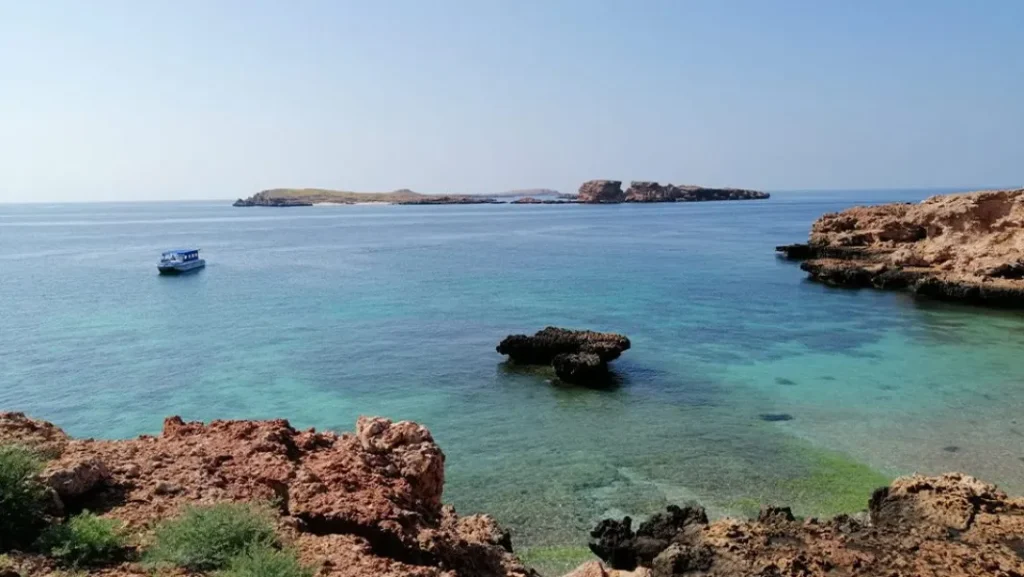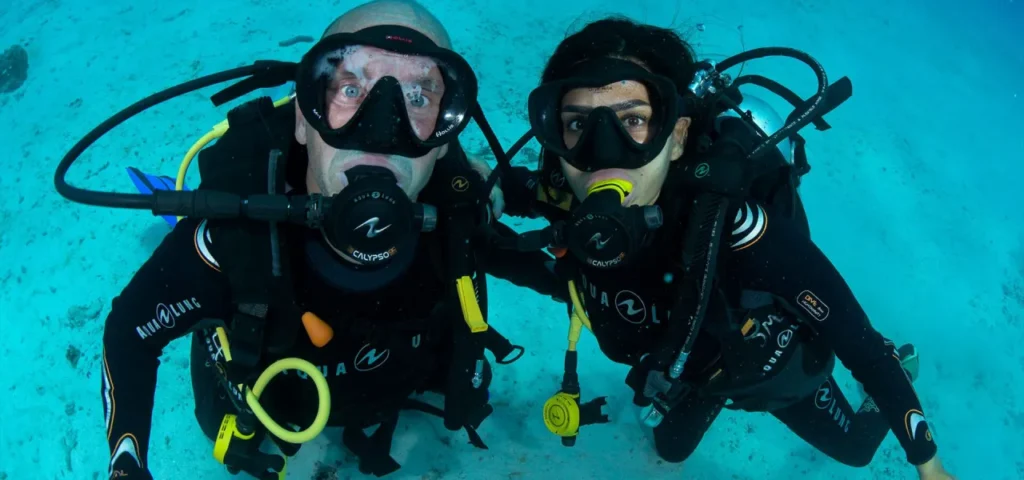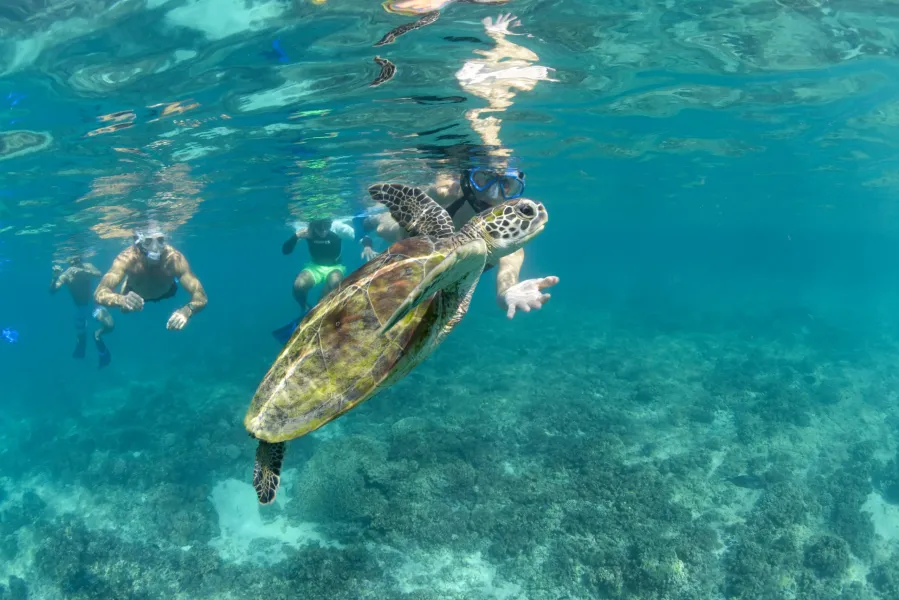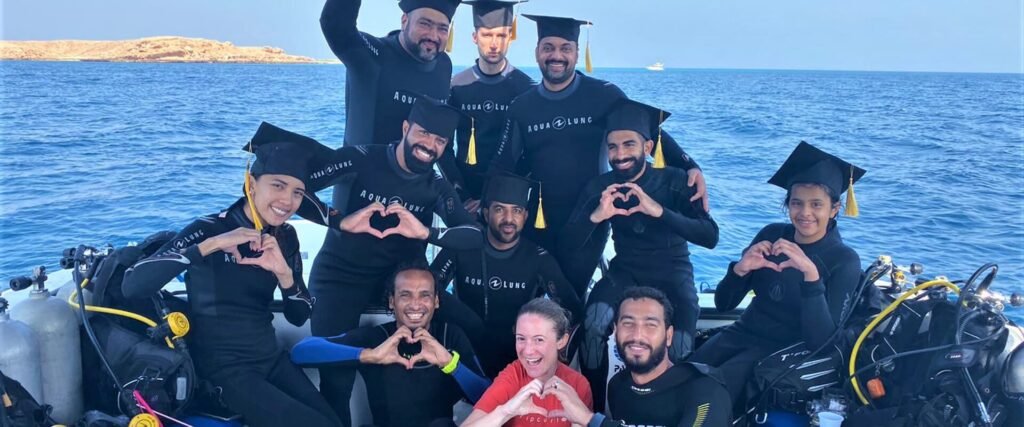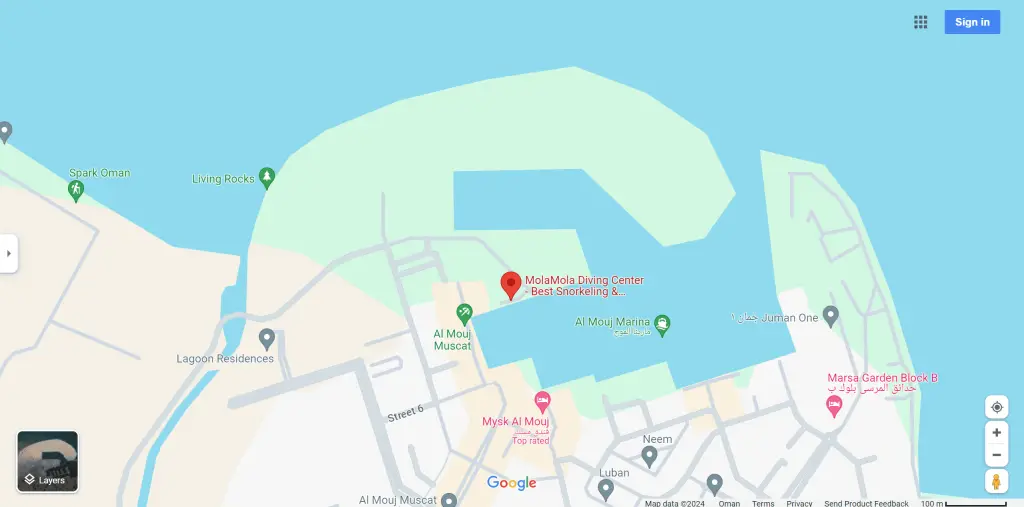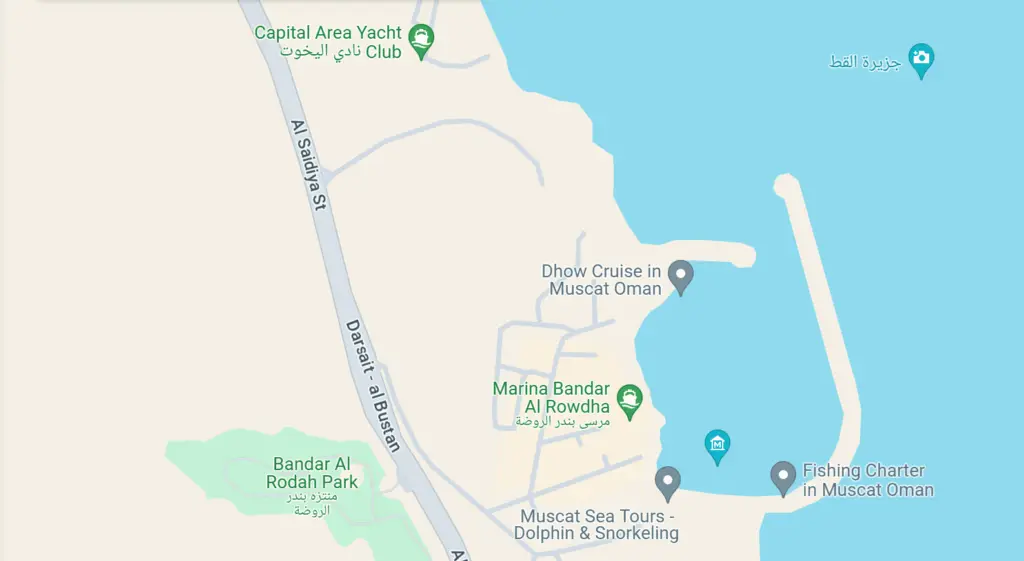A Quick Guide for First-Time Snorkeling Enthusiasts
A Quick Guide for First-Time Snorkeling Enthusiasts Exploring the vastness of the underwater world is a life-changing experience, which is second to none. Snorkeling is one of the most popular ways to feel this kind of magic. However, when you are going to explore the depths of the undersea with your snorkel and a diving mask, there are a few important things that you should know. Here, we attempt to clarify all your doubts about snorkeling. If you are ready to take the plunge, then here are the best tips that will help you with snorkeling like a pro! Finding the perfect fit for your mask First thing first, one of the most crucial snorkeling tips to keep in mind is wearing the right mask properly. You need to fit the mask over your eyes and strap the elastic over your head. There should be no twists and the straps should be flat above your ears. The mask strap should not be worn at the base of your head as water may seep in if the mask slips out of place. Make sure the mask strap fits snugly around your head’s widest area. Before heading out, ensure that the mask fits your face properly. Press the mask to your face and breathe in through your nose slightly. The mask should fit snuggly to your face once you let go. Never fasten it too tightly to your face as it can cause a headache or general discomfort. Defogging your mask with baby shampoo or defogging gel As a beginner, knowing how to defog your mask is an important skill. The condition of your mask, when you are under the water, can make or break your snorkeling experience. Experienced snorkelers recommend using baby shampoo as a defogging solution. MolaMola Diving Center in Muscat, Oman is providing Baby shampoo o the boat. When you are underwater, maximum visibility is essential. Defogging solutions create a layer between the glass of the mask and the air moisture inside it (your breath). Getting excess water out of your mask Knowing how to get water out of the mask is one of the most vital things to learn about snorkeling. Remember, you don’t need to panic in case your mask fills up with water. It is completely possible to clear the excess water underwater. One way to do this is by coming to the surface to get the water out. However, if you are in a situation where you have spotted something incredible and you can’t risk losing sight of it, then you need to pull the bottom of your mask away from your face and blow outward. Breathe normally and relax. Ensure that your mask is not leaking before you submerge again. Preserving energy with full-foot fins Fins add to your underwater mobility making the snorkeling experience a more vibrant one. Newbie snorkelers may get confused when it comes to choosing between full-foot and adjustable fins. For beginners, full-foot fins are often the recommended choice. Before setting out, find the right fit that is not too tight, too loose, or too painful. Taking deep focused breaths Deep breathing helps you in relaxing while snorkeling. Take deep focused breaths as breathing can be limited through a snorkeling tube. It is key to a great underwater experience. Never snorkel alone If you are a beginner, then having a partner is recommended. Even for advanced snorkelers in some cases. Having a buddy enriches the experience. Moreover, they are right next to you in case something goes wrong. So what are you waiting for? Seas the day, my friend! Previous PostNext Post

